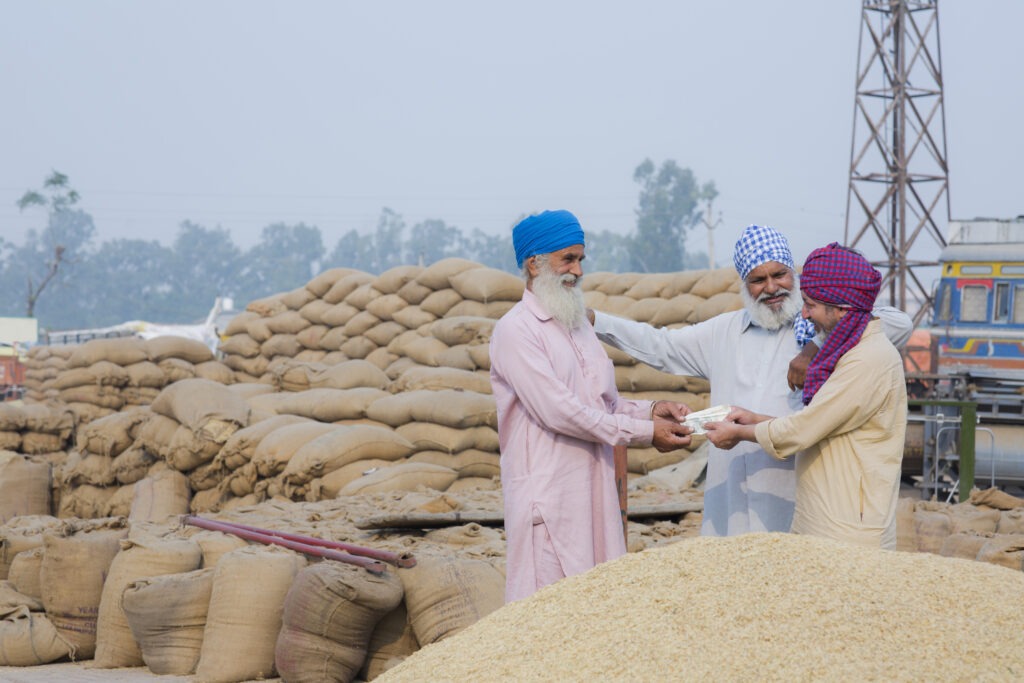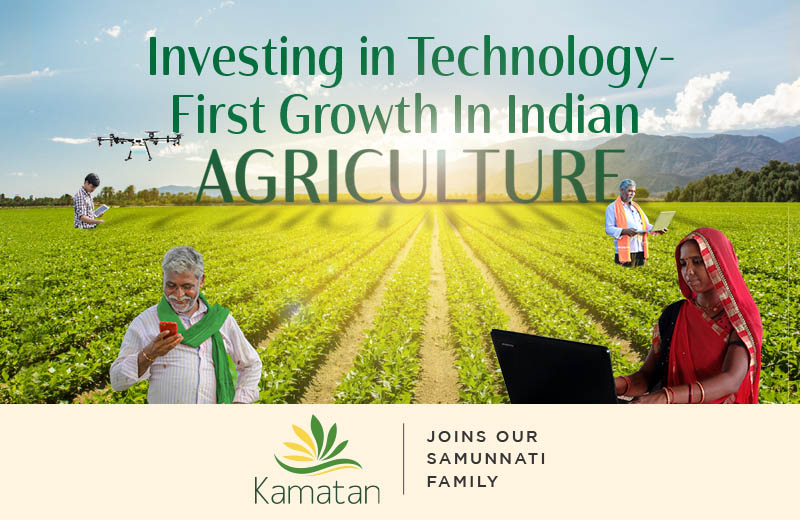As India looks to doubling farm income by 2022, the creation of connected agri value chains is going to be an immediate priority
The agriculture industry employs around 58% of the Indian population contributing significantly to the Indian economy at around 18% of the country’s GDP. The sector is highly reliant on factors such as manpower, capital and rainfall, all of which pose a formidable challenge. As the nation looks to gear up for doubling farm income by 2022, the creation of connected agri value chains is going to be an immediate priority.
Digitalisation challenges faced by agri stakeholders
One of the key challenges in making agri value chains digital is pushing the small farmers to adapt to online platforms. While the pandemic accelerated digitalisation in the agri sector, bringing all stakeholders on a unified platform remains a challenge. Even though most farmers in the remotest parts of India have mobile phones today, absence of technical and internet literacy coupled with unreliable power supply are constraints the sector needs to work around. Further, cost of services is also an issue because farm management technologies so far are only affordable for large-scale farmers. While small farmers face the same problems as large farmers, they cannot afford to invest and thus remain left behind.
Connected agri value chains
Agricultural value chains include the distribution of goods, expertise and awareness between smallholder farmers and customers. They have an opportunity to gain added value at each point of the output, marketing, and consumption process. They aid in creating agri-entrepreneurs and catalysing the growth of the ecosystem, thereby benefiting all stakeholders. Further, digitalising facilitates networking and a well-connected and coordinated agri-value chain by removing multiple middlemen and the lack of transparency. This also solves the ‘access’ and ‘visibility’ issues with respect to the market and demand faced by farmer producer organisations (FPOs). Connecting members of the entire agri ecosystem and food supply chain, as well as continued engagement with farmers, leads to creation of multiple inputs and revenue streams for businesses. By investing in the digital agriculture ecosystem, India can support marginal farmers by providing them with a platform to voice their concerns and have these addressed in real-time.
What the future holds
In an effort to bridge the digital divide in the agri sector, agritech startups are coming up with innovations. These firms are tapping into the evolving infrastructure in regional markets, by sharing useful tips and information with farmers via SMS or helplines in their local languages. More recently, Samunnati launched Agri Elevate, a first of its kind ecosystem platform and dedicated search engine for agricultural services which helps FPOs and agri-enterprises understand how to improve their businesses.
All these initiatives are aimed at helping the agri sector become independent and self-sufficient by functioning as a single, cohesive unit. Using digitalisation as a tool to develop connected agri value chains would need more efforts, creativity and strong alliances between the Central and state governments, private players, farmers, as well as development of a regulatory framework, to ensure that technology stays affordable and available. ‘Atmanirbhar Krishi’ is not just a word but a mantra to a bright future for India’s farmer community.
This article was first published in ET on September 9, 2021.
About the Author

Nitin Chaudhary, Head – Strategy and Innovations, Samunnati
With over 10 years of experience in financial services for low-income households, Nitin has worked with VISA, Micro Pension Foundation and IFMR.




